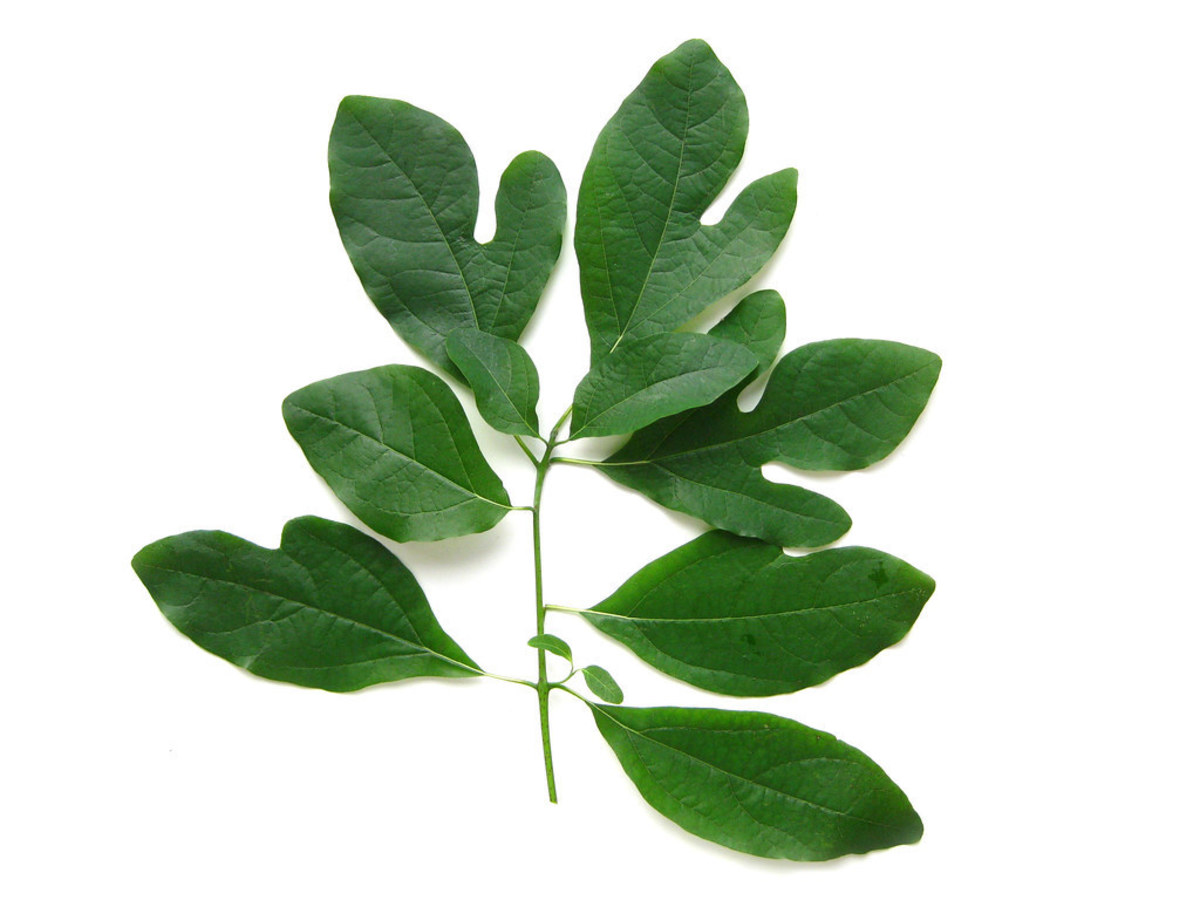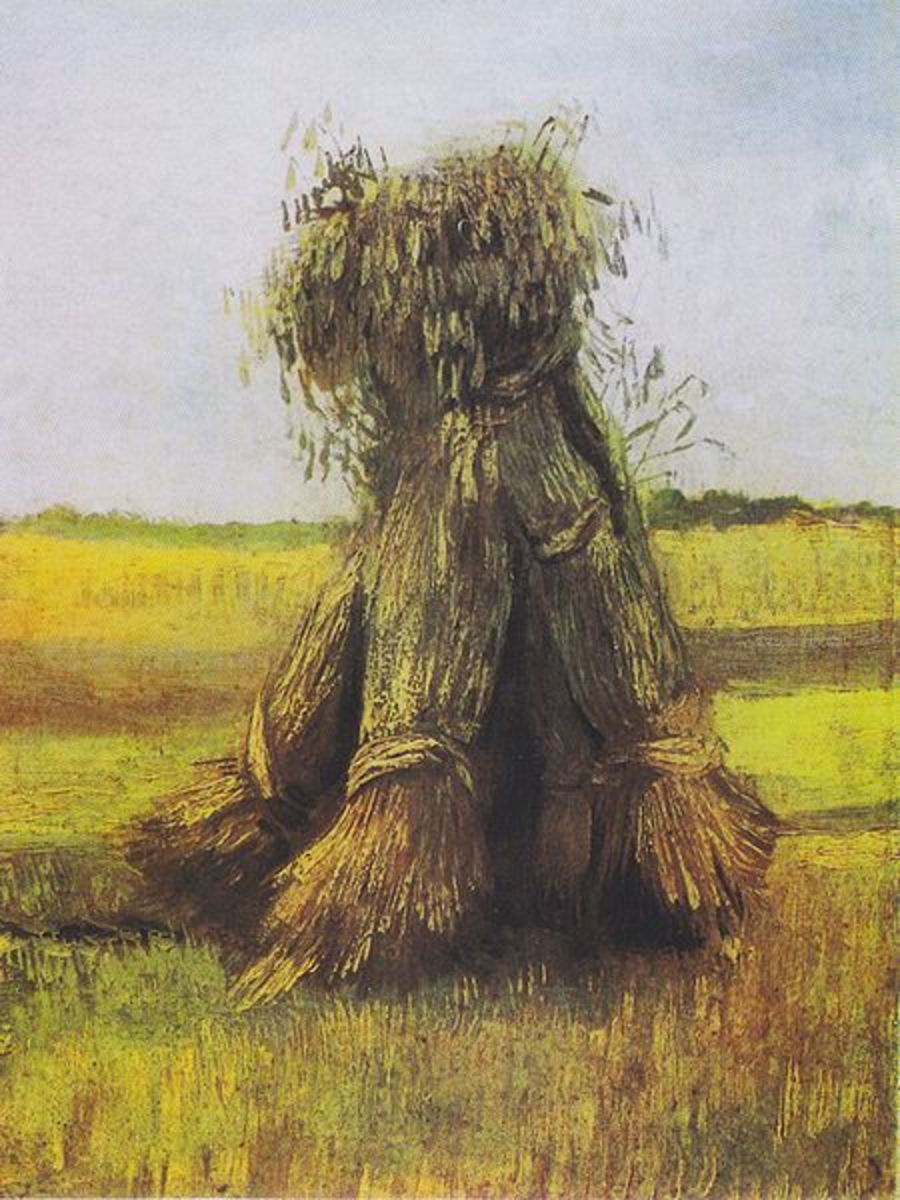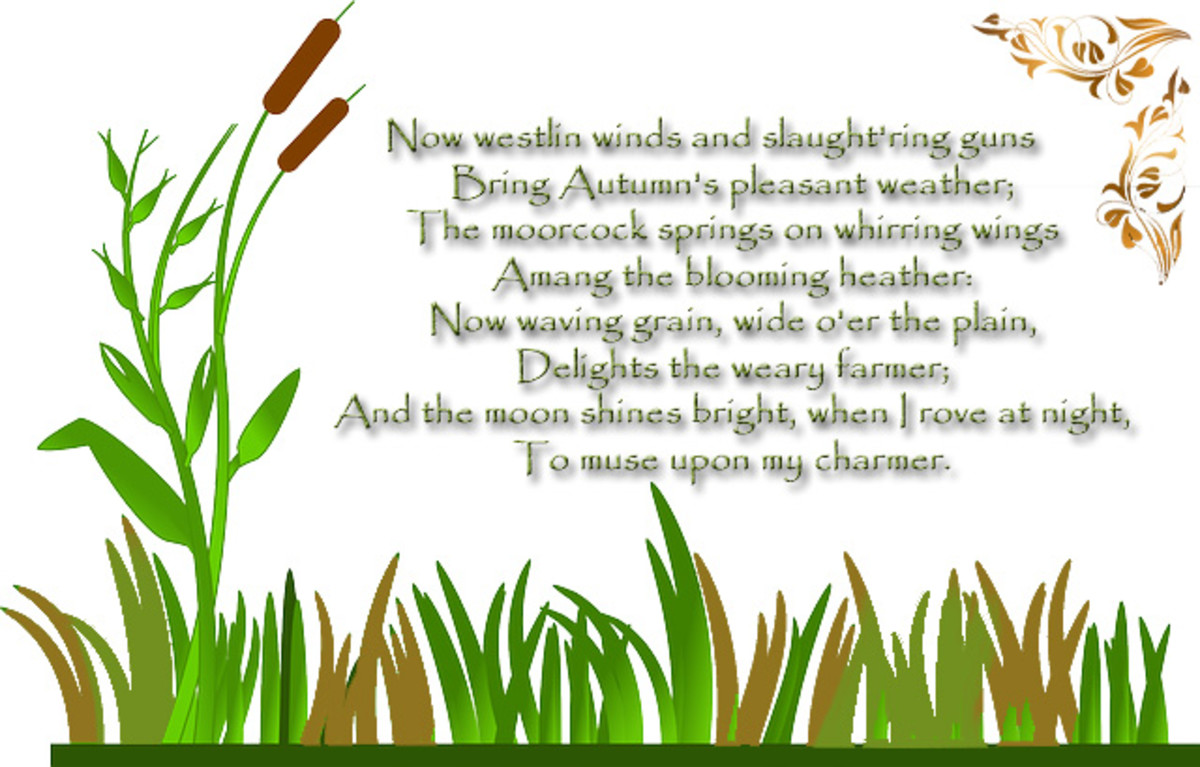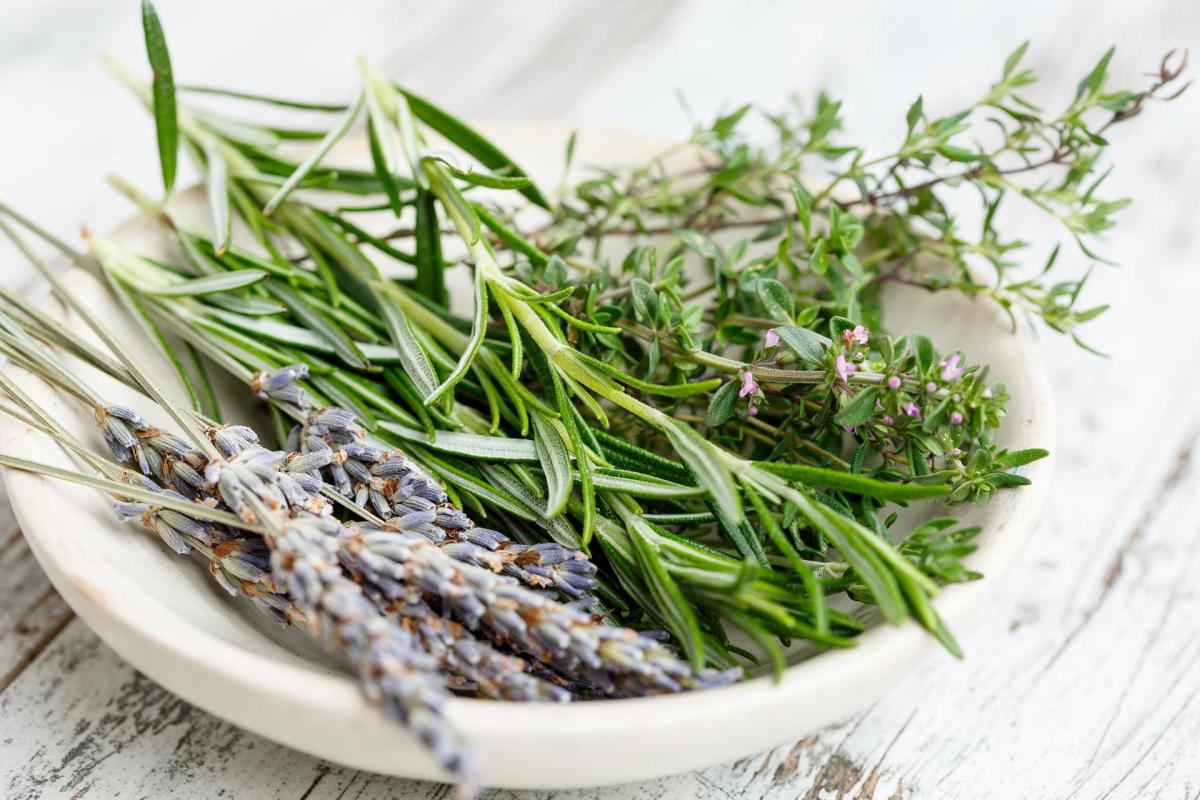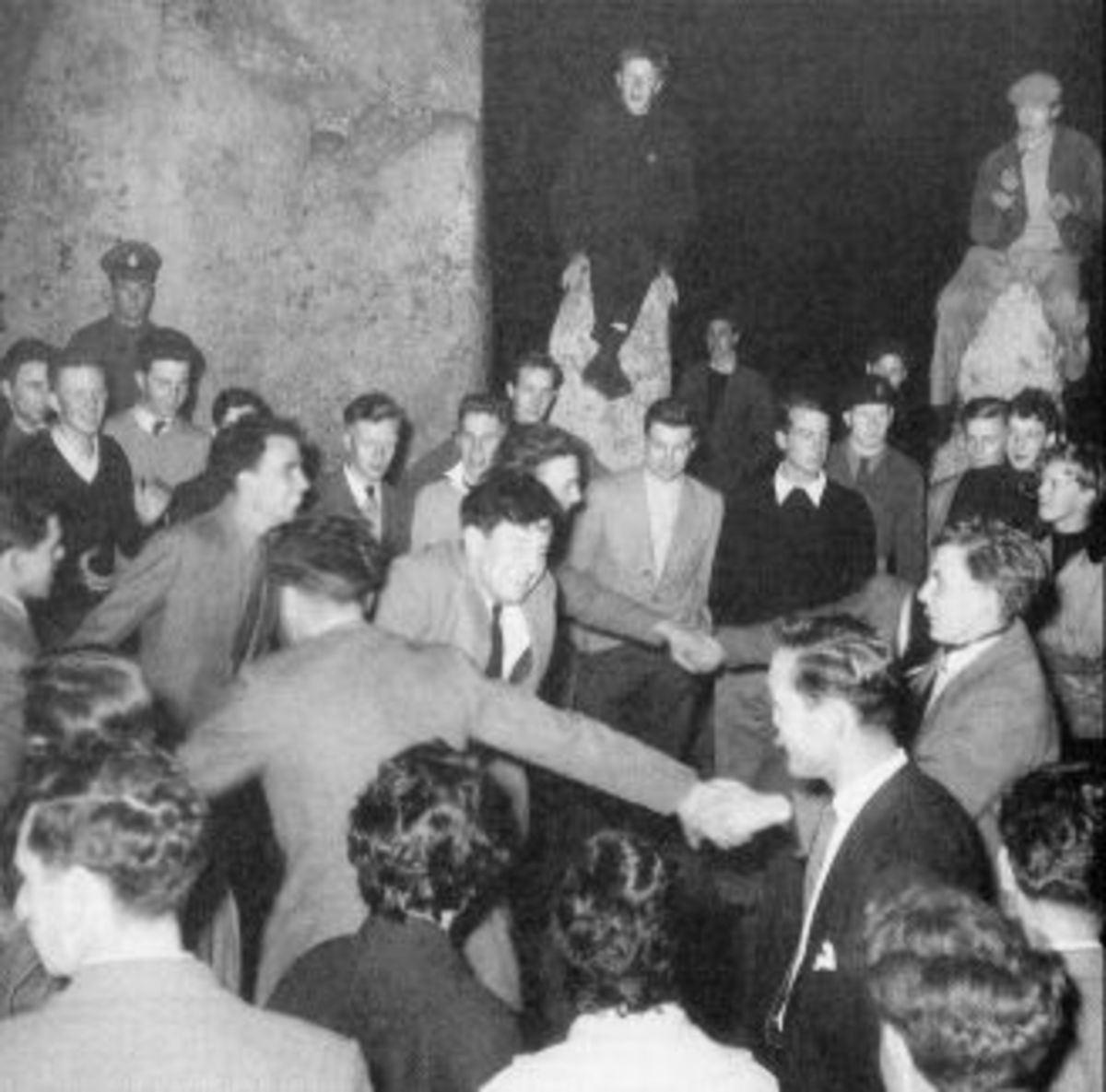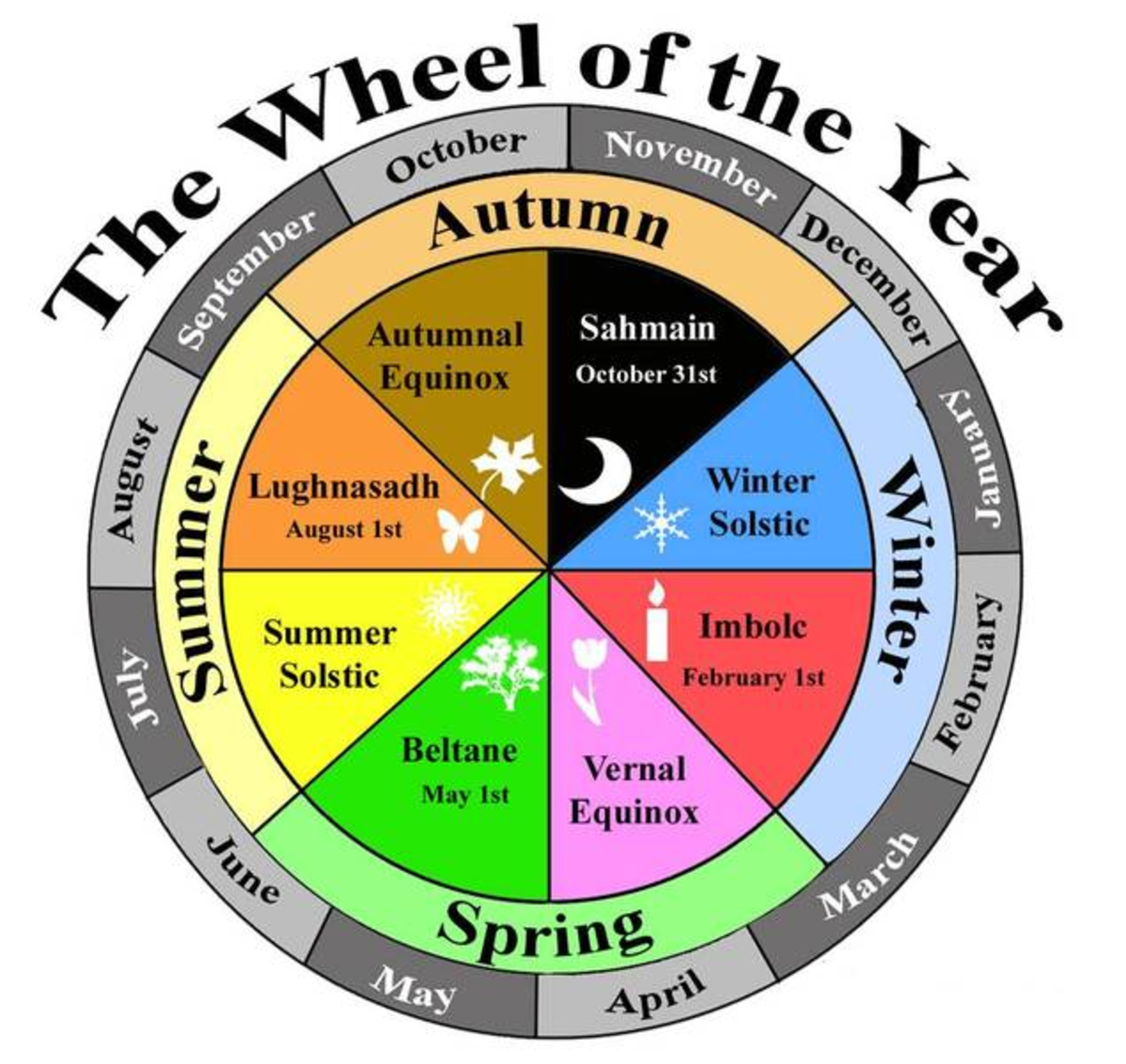Pagan Sabbat: Lughnasadh
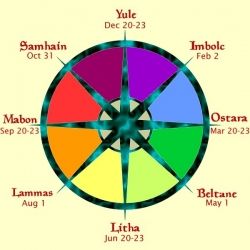
The first harvest
The Wheel turns and seasons change. Crops planted in the fields stand tall and thoughts turn once more to the coming harvest seasons and preparing for Winter.
Lughnasadh marks the time of the first harvest in the calendar year. The corn is ripening in the fields and must be harvested. In the past all grains in Britain were called corn.
The God, at the height of his power at Litha, is now weakening, and with the cutting of the corn suffers his first death.
This is Lughnasadh, the 5th Sabbat in the wheel of the year
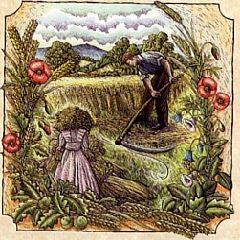
The Legend of John Barleycorn
For all it's bloodthirsty imagery, the folksong John Barleycorn is a telling of the planting, growing and harvesting of barley by the people of Britain.
It is planted, cut down, gathered into sheaves and threshed. Then ground into flour for making bread by the miller and brewed into beer and whisky.
Many versions of this folksong exist, and many verses have been added over time.
The best known version today is that which was written by Robert Burns. Earlier written versions have been found dating from the time of Queen Elizabeth 1 and there is evidence that it was sung before that.
John Barleycorn Must Die
There came three men out of the West,
Their scheming for to try,
And they have sworn a solemn oath,
John Barleycorn should die.
They ploughed him in the earth so deep,
Put clots upon his head,
Then these three men they did conclude,
John Barley corn was dead.
They let him stay a whole fortnight,
Till rain from heaven did fall,
John Barleycorn sprang a green blade,
Which quite amazed them all.
They let him stay Midsummer,
Till he grew pale and wan,
And Barleycorn had a long beard,
Much like unto a man.
They hired men with scythes so sharp,
To cut him off at the knee,
See how they served poor Barleycorn,
They served him bitterly.
They hired men with forks and rakes,
To stab him through the heart,
But the carter served him worse than that,
For he bound him to a cart.
They drove him round and round again,
Till they came to a barn,
And there they made a barley mow -
A mow of John Barleycorn.
They hired men with crab tree sticks,
To beat him, skin from bone,
And the miller served him worse than that,
For he ground him between two stones.
They flung him in a cistern deep,
And drowned him in water clear,
The brewer served him worse than that,
For he brewed him into beer.
Put white wine in a bottle
And cider in a can,
John Barleycorn, in a brown bowl,
Will prove the stronger man.
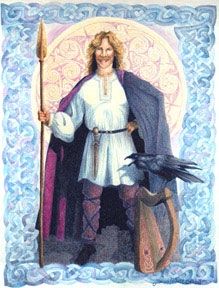
Celebrating the Harvest

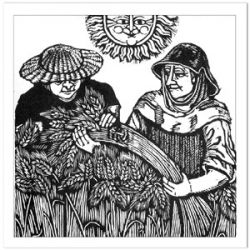
Who is Lugh?
Green Man, Wicker Man, Corn Man, or the Spirit of Vegetation
The word Lughnasadh refers to the Celtic God, Lugh. He was the son of Arianrhod and was married to Blodeuwedd.
His name means "Light" or "Shining" and the Romans associated him with their God, Mercury.
The Sun God in the sky is weakening. Days, which had been growing longer up until Litha are now noticably growing shorter.
In many cultures it was necessary for the King to sacrifice himself for the good of the land. In this manner Lugh is sacrificed each year with the harvesting of the grain for the good of the land.
Lughnasadh and the Harvest Festival
Lugnasad, Lammas, Cornucopia, Thingtide, Lammastide, Lughomass, Festival of Light, Latha Lunasdal
Lughnasadh in the modern calendar years falls on August 1 each year. In the agrarian calendar it would have come when the grains were ready for harvesting.
The grains, so carefully planted and nurtured at the beginning of the year, are now ripe and ready to be gathered together. These people of long ago depended upon the success of their corn harvest to get through the upcoming winter. For them it very much was a matter of life or death.
We forget how difficult it would have been, knowing that our very survival depended on a successful planting and harvesting, in an age where we can buy our loaves of bread and our beer at a supermarket any time we want.
With the advent of Christianity in the British Isles the name Lughnasadh was changed to Lammas, meaning loaf-mass. It's purpose still lies in celebrating and honouring the harvest of the grains.
Harvest time was the busiest and most important time of the year. This continues to be reflected in the modern age where children are let off school (originally so that they too could help with the harvest not so they could go away on holiday) in the summer months. With the coming of the modern age and modern machineries, the need for so many people helping decreased.
'...to harvest and thresh a six-quarter wheat crop at 10 acres a day required 130 men in the 1840s, thirty-three in the 1870s when the horse-drawn mechanical reaper was introduced, and three in the 1940s when combine harvesters had come into use'.
Ronald Hutton. 1996. The Stations of the Sun: A history of the Ritual Year in Britain Oxford: Oxford University Press [especially pages 332-347]
Learn more about Lughnasadh
- BBC - Religion & Ethics - Lughnasadh
Lughnasadh is traditionally a harvest festival and symbols connected with the reaping of corn predominate in its rites. - Witchvox Article
The Witches' Voice offers the latest (updated daily) in news and networking for the Modern Witch, Wiccan and Pagan Community.

